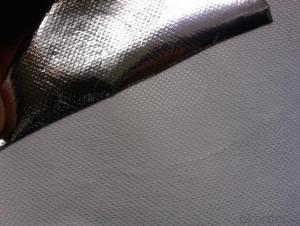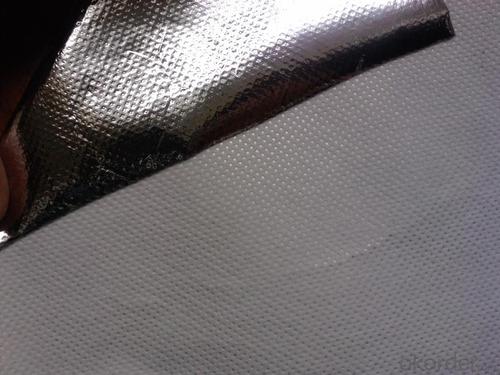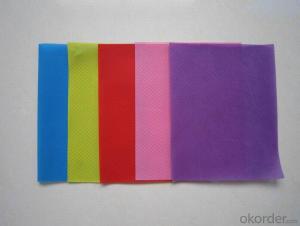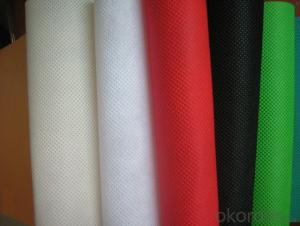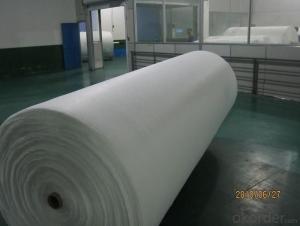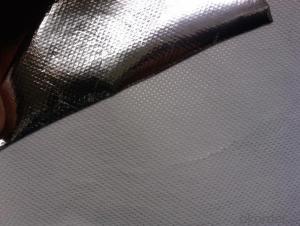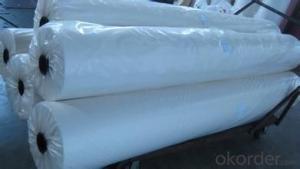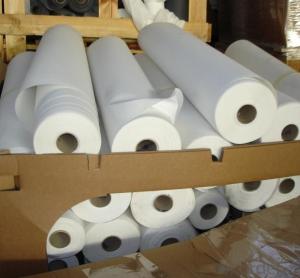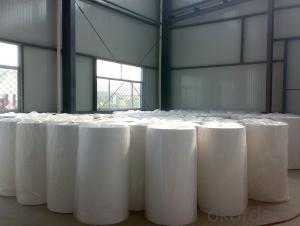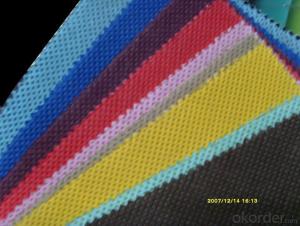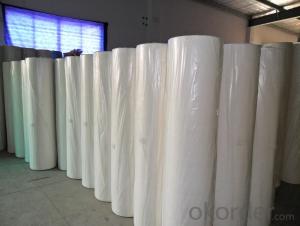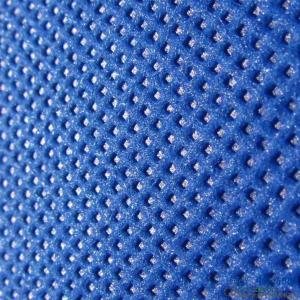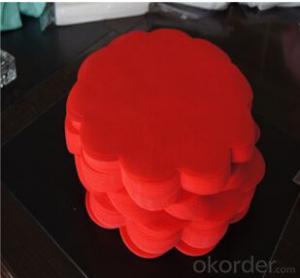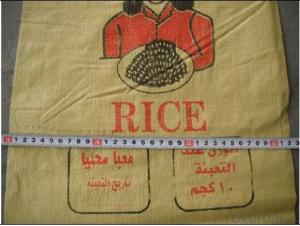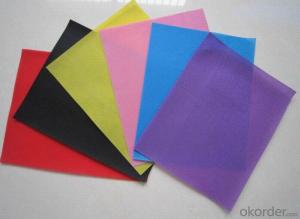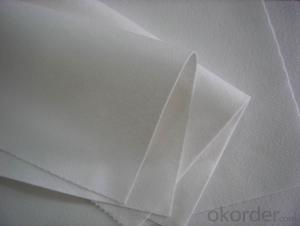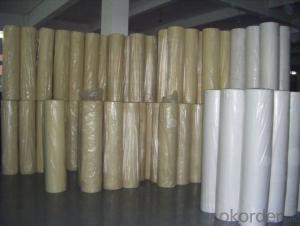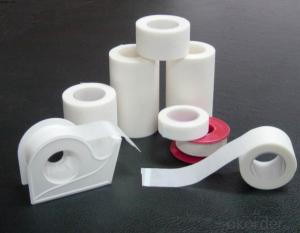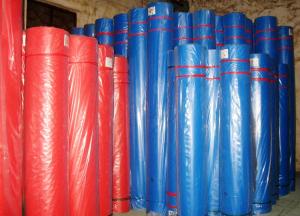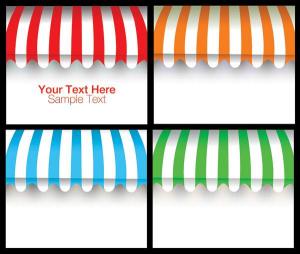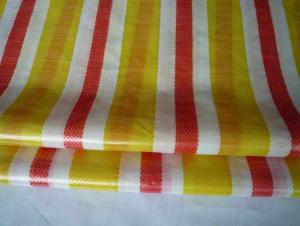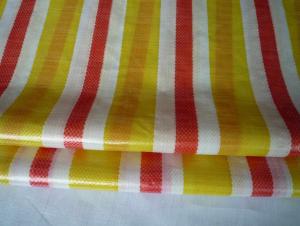wholesale cheap fabric for making bags, tnt non woven fabric for packaging
- Loading Port:
- Shanghai
- Payment Terms:
- TT OR LC
- Min Order Qty:
- 1000 kg
- Supply Capability:
- 10000 kg/month
OKorder Service Pledge
OKorder Financial Service
You Might Also Like
Characters of wholesale fabric & non woven fabric;
1.no-toxic ,breathable ,mothproof ,anti-bacteria ,eco-friendly .
2.original manufacturer with good quality and cheaper price .
3.many colors and function product for you choose .
4.good service and timely delivery .
wholesale fabric &non woven fabric ;
1.100% PP; 2.Machine width : 2.1M; 2.4M 3.Weight: 9-250g; 4.Color: Any color is available
Usage of wholesale fabric &non woven fabric ;
1.Medical : face mask ,cap ,bedsheet , disposable underwear ,protective clothing ,surgical gown, curtain,etc.
2.Industry : waterproof ,roof material ,dam cloth .
3.Packing : nonwoven bag ,gift bag ,storage bag , home textile, pillow, cushion, mattress packing,etc.
4. Agriculture: agriculture cover, plant cover, weed stop, weed barrier, garden fleece, frost protector
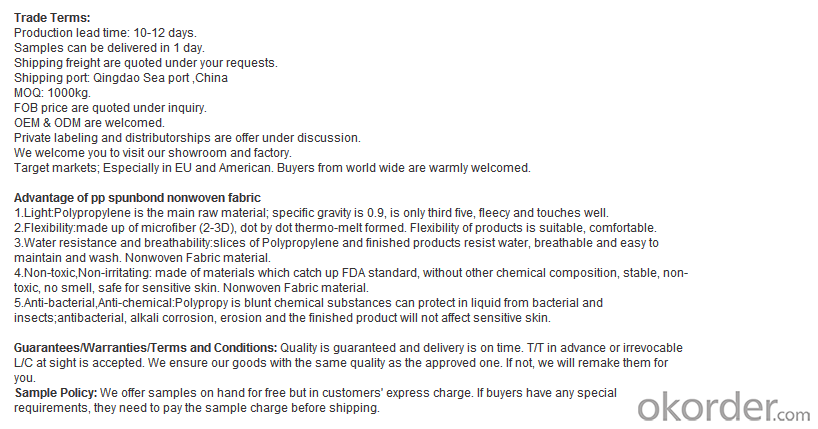
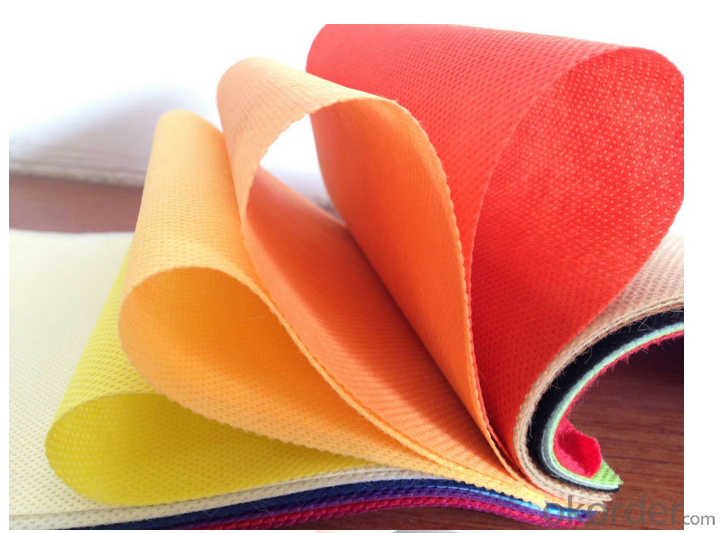
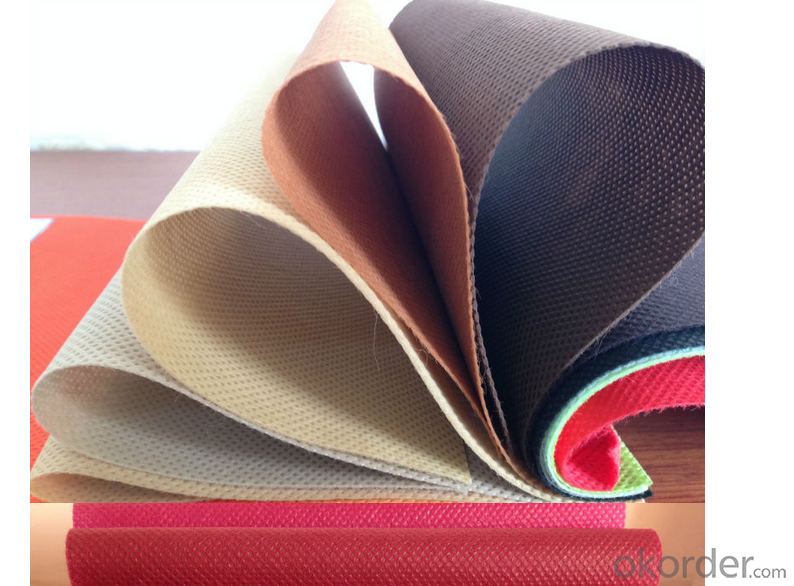
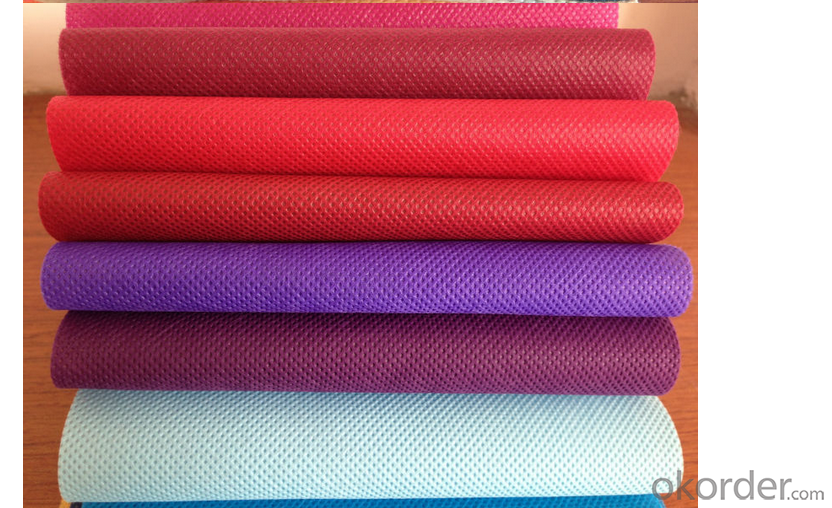
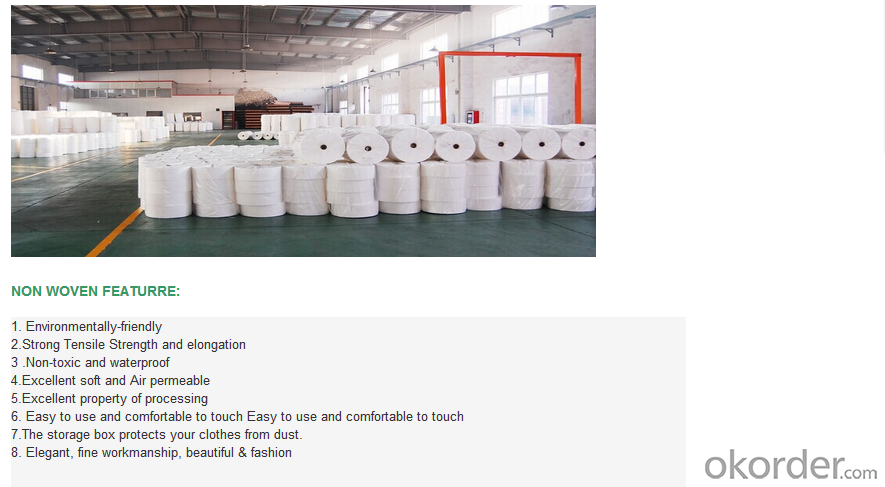

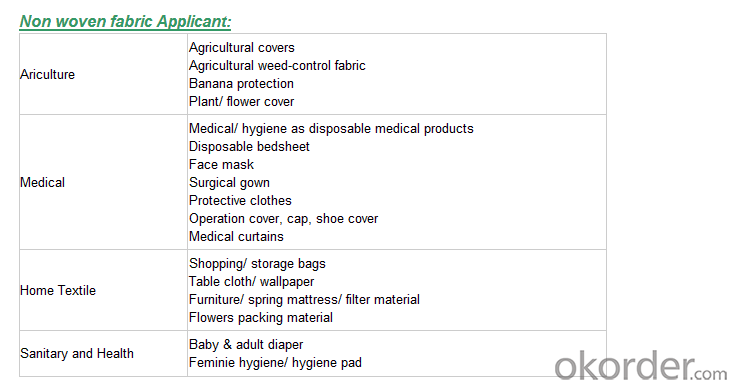
We are recognized as a reliable Manufacturer, Exporter and Supplier of Non Woven Fabric. We can provide Non Woven Fabric in any gram/m2 and any colour required by customer. Non Woven Fabrics are broadly defined as sheet or web structures bonded together by entangling fiber or filaments (and by perforating films) mechanically, thermally or chemically. PP Spun bonded Non woven Fabrics are produced using a precise extrusion-based technology. The polymer is stretched into a continuous filament and loosely spread onto a conveyor belt to form the web. Air is used to form and lay the fabric filaments. On the other hand, some non woven fabrics can be recycled after use, given the proper treatment and facilities.
Product Specifications
Weight: 10 - 150 gsm
Width: Max 1600 mm (can be slit)
Fabric Roll Length: As per buyer’s need ( 200 - 1200 Mtr)
Color: various colors available.
Procedure of production: Spun bonded Non Woven, Diamond design
Material: polypropylene
Minimum Order: 1000 Kg
Sample: sample free, freight collect
Product Application
Non woven fabric manufacturers usually manufacture the fabric in a roll form. It is then sent to various other industries where it has end applications, where is it cut and given different form depending upon the use. They can also be used in combination with different materials and offer a wide range of products.
Colored Non woven fabrics are use in many sectors and variety of applications, such as Health, Hygiene, Medical, Packaging, Agriculture, Furniture Upholstery, Geo Textiles, Leather Industry, Shoes and Garments. Customers come from the textile and automotive industries as well as many other sectors.
- Q: Application of Biological Enzyme in Textile Processing
- Glucose oxidase in the textile processing applications: glucose oxidase mainly for fabric bleaching finishing, this enzyme treatment is very effective for the production of hydrogen peroxide, the treatment does not require the addition of hydrogen peroxide stabilizer, the fabric after the feel soft, full
- Q: The weight of the textile fabric
- We as a textile fabric salesman, the general situation is this, the guests gave a piece of cloth or give a detailed specification, we need to analyze the offer. On the analysis of the fabric, this article has a lot of very detailed, and I will not say here. Fabric cost accounting, the general idea is:
- Q: Classification of textile materials
- The yarn is composed of fiber, with pure spinning yarn, blended yarn, with yarn distribution; according to the distribution of mixed fiber, there are evenly mixed yarn, change the mixed yarn, combination or composite yarn points
- Q: How to make fibrous textiles for waste plastic bottles?
- Jiangsu, a textile company to Beijing during the Olympic Games recycling waste plastic beverage bottles, the use of some surprising, the production of sports textile products! At the same time, Zhejiang Xiaoshan four companies at home and abroad extensive acquisition of waste plastic bottles, processed into fiber and then exported, one year consumption of 1 billion plastic bottles, the annual output value of over 500 million yuan
- Q: What are the problems with the transformation and upgrading of the processing trade of textile enterprises?
- Especially in the second half of the international financial crisis is a great impact on the textile and garment export market. Textile enterprises are faced with unprecedented difficulties and challenges. February the State Council adopted the "textile industry restructuring and revitalization plan", the purpose is to actively respond to the current international financial crisis
- Q: Classification of antimicrobial textiles and their characteristics
- Remember that the middle of the gap, the fiber surface is not smooth products can add things into the case, if the oil derivatives of the cross section is circular fiber is best used for dyeing printing, because the addition of things difficult to release.
- Q: Textile enterprises to operate the project: processing and production are different?
- Processing is to receive semi-finished products continue to put into production, only to produce finished products, such as receiving fabrics, made clothes.
- Q: What are the raw materials for textiles?
- You can wall wall (tapestry), not afraid of the fire and the fire (asbestos cloth, fire clothes). Like Weng woman to Tong Yan (actor dressing veil), really for the soldiers to add wings (parachute). Can protect the rocket head (aramid fiber fabric), can be used for bulletproof clothing. Enough to filter (functional fiber), where fear of electric shock (live operation taking the pressure of silk). Beauty Kam, embroidery (embroidery), odd with tapestry.
- Q: Do you need to do environmental protection for dry textile processing?
- Individual industrial and commercial business license is only one, but the composition is divided into two types of family management and personal business
- Q: Analysis of import and export of textile
- From the first eight months of 2011 to the first eight months of 2014, the industrial added value of textile enterprises above designated size increased by 10.7%, 10.8%, 8.3% and 7.4% respectively according to the constant prices, respectively. In the first eight months of 2014, the main indexes of textile enterprises above designated size Has entered the single-digit growth, of which the main business income growth of 8.2%, exports increased by 5.7%.
Send your message to us
wholesale cheap fabric for making bags, tnt non woven fabric for packaging
- Loading Port:
- Shanghai
- Payment Terms:
- TT OR LC
- Min Order Qty:
- 1000 kg
- Supply Capability:
- 10000 kg/month
OKorder Service Pledge
OKorder Financial Service
Similar products
Hot products
Hot Searches
